Christmas and New Year’s Eve aren’t the only holidays celebrated in December. Here are a few others:
Chanukah (also spelled Hanukkah)
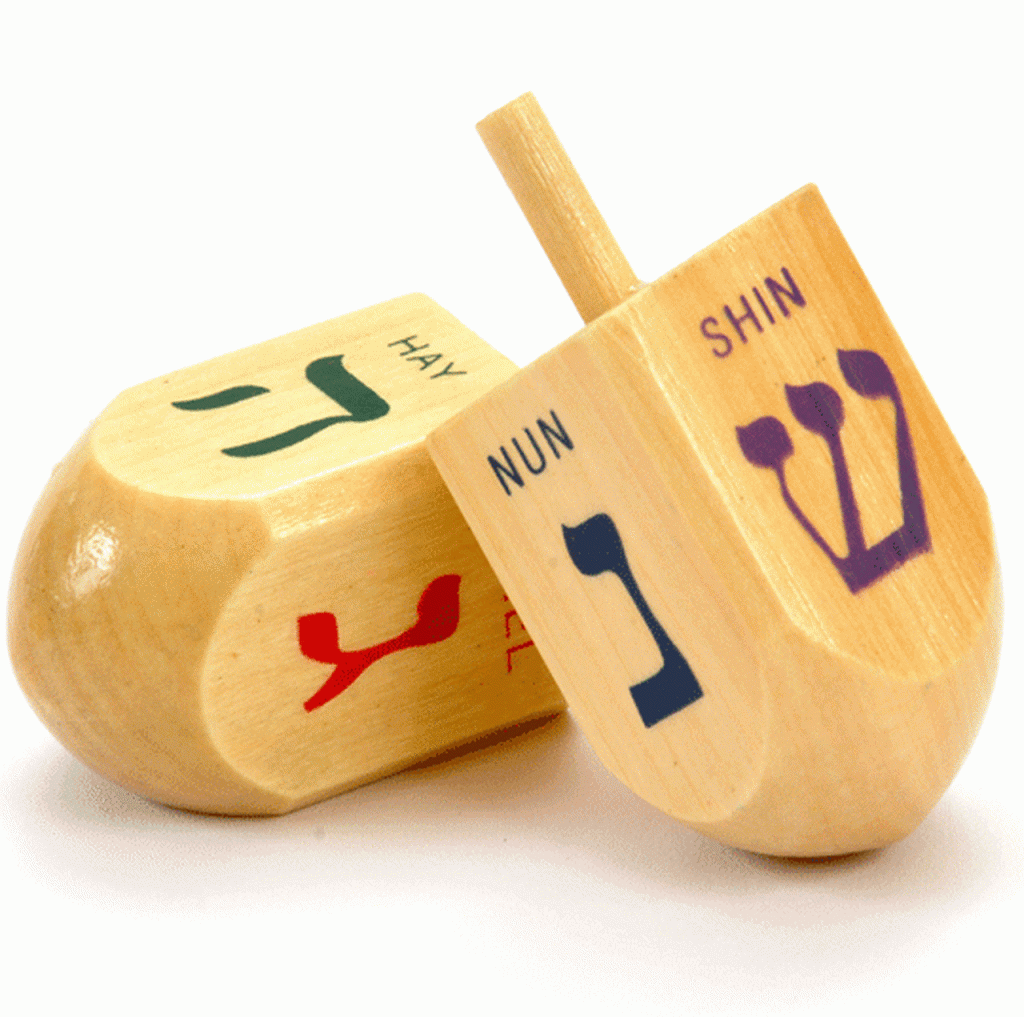
“The Festival of Lights” is a minor holiday in the Jewish religion. It is a commemoration of the successful revolt against the Greeks, who had forbade the practice of Judaism and desecrated the temple. When the victorious Jews looked for the oil to light the menorah for the re-dedication of the temple, they found only enough to provide light for one day. Miraculously, the oil lasted for eight nights.
The lighting of candles in a special menorah during the eight nights of the holiday commemorates this event. The menorah holds nine candles, one for each night and a ninth, usually placed higher than the rest is lit first, then used to light others, beginning with one candle the first night. The next night, two new candles are lit, and so on, adding one each night until all nine are burning.
In the 20th century Chanukah grew in importance as Jews began looking for a substitute to Christmas, primarily so the children could be part of the seasonal holiday celebrations. The tradition of gift-giving was adopted along with family and synagogue celebrations. Retailers began touting Chanukah gifts and decorations alongside their Christmas fare.
Kwanzaa
Kwanzaa is a modern holiday, invented by African Studies professor Maulana Karenga in 1966. It is a celebration of Afro-American culture, running from Dec. 26 to Jan.1. The holiday is built around seven principles of African heritage, and rituals are designed around various African harvest festivals.
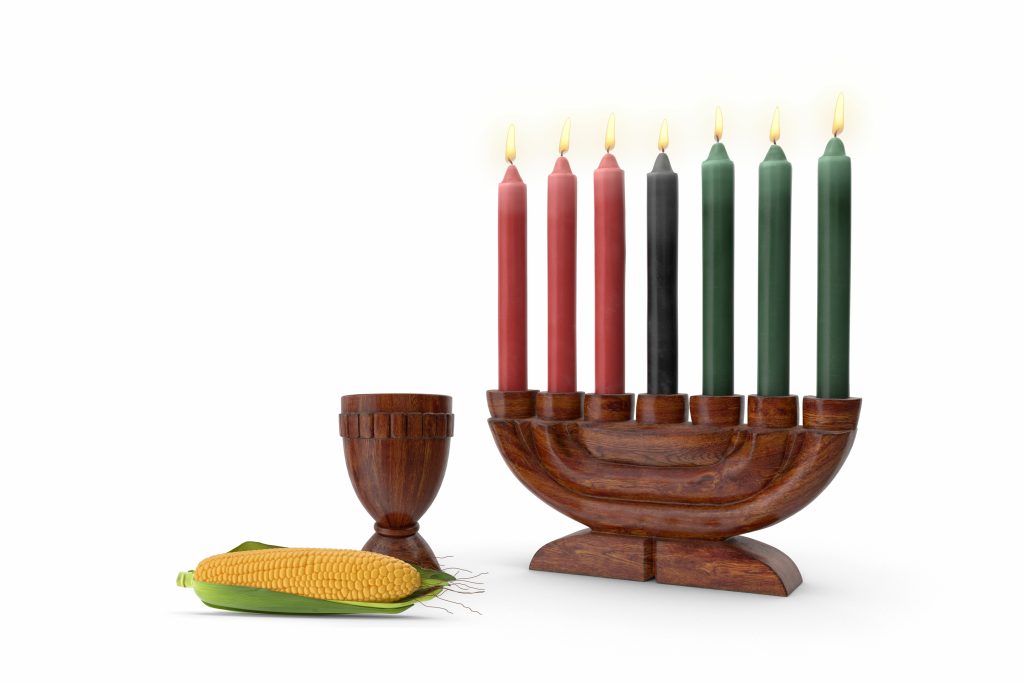
Symbols displayed include fresh fruits and nuts, corn (also included in holiday feasts), and a candle holder called a kinara, which holds candles in red, black and green – the colors of the Pan-African flag. Originally Kwanzaa was designed to be an alternative to Christmas, but it soon became an adjunct. Observation of this holiday has fallen since its advent.
Omisoka
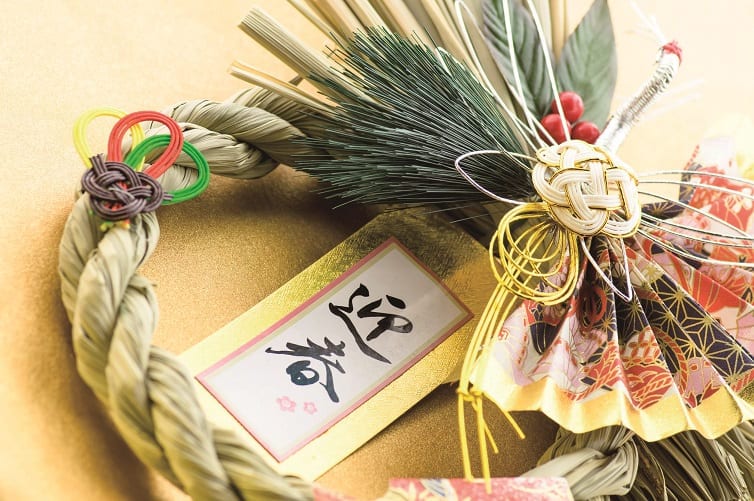
Omisoka is the most important holiday in Japan. It celebrates the ringing in of the new year. Beginning on the eve of Dec. 31, it lasts four days. Traditional decorations are hung or displayed in the days preceding the holiday. The house is cleaned from top to bottom, and all family members participate.
Rituals are designed to ensure good fortune for the coming year. People will visit shrines, parties are held. Temple bells are rung 108 times, to signify the 108 Bonnou, or vices.
It is a tradition to eat noodles (either udon or soba) for long life and good luck. A set of foods, known as osechi ryori is set out on New Year’s day, as an offering to the Toshigami-sama, a Shinto deity that visits the homes at New Year’s. The food remains on the table all day and is eaten at midnight, using special chopsticks.
Monetary gifts are given to children. Special postcards are sent to friends and relatives. These cards contain lottery numbers for which people can win various prizes. Department stores hold a sale on New Year’s Day at which they offer grab-bags of leftover merchandise at deep discounts.
Boxing Day
Boxing Day (Dec. 25) is a national holiday in the United Kingdom and other commonwealth countries, such as Canada and Australia. Boxing Day evolved from the St. Stephen’s Day tradition of passing out the contents of church alms collection boxes.
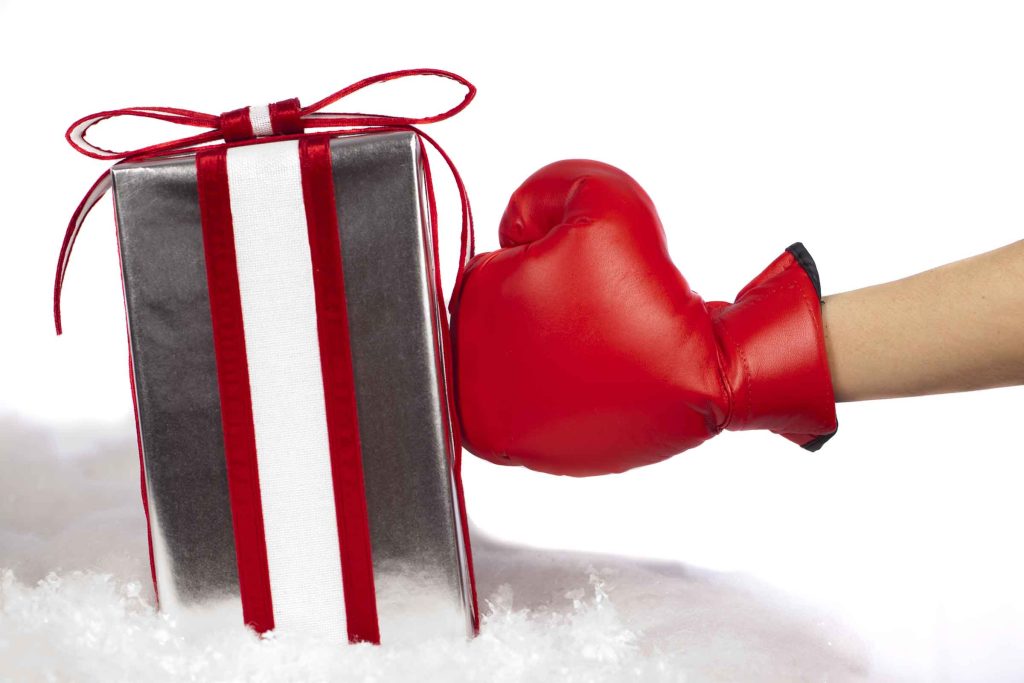
It was also the day that estate owners would hand out gifts to their servants, and give them the day off. Now it is a bank holiday for everyone. Like we do with most national holidays, if Boxing Day falls on a Saturday, it is observed on Monday. If it falls on Sunday, it is moved to Tuesday.
The day has recently become a big day for soccer and other national games. It is also a big shopping day, somewhat akin to our ‘Black Friday’. Meals traditionally consist of holiday leftovers, a custom also left over from the days of servants, who wouldn’t be around to cook and serve on that day.
Winter Solstice
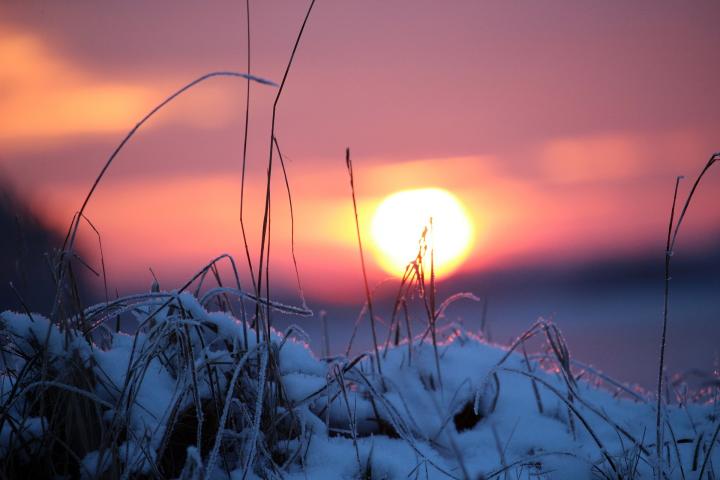
Not really a holiday, the solstice is the first day of winter and the shortest day of the year (8 hours, 46 minutes to be exact). It is however, a cause for celebration, as it marks the return of the sun in a way. Days begin to lengthen (or nights get shorter, if you prefer). Many cultures celebrate with parades and bonfires.
Winter Solstice is a big deal on Antarctica – though it occurs in June there. The event is known as Midwinter Day, which started with the Discovery expedition in 1902 and has grown and evolved ever since. It is celebrated by the various stations on the continent with ‘formal’ banquets featuring premium foods saved for the occasion, and often entertainment afterward. Dining halls will be decorated with flags and other things. It has also become common for heads of states to send greetings on this day.






